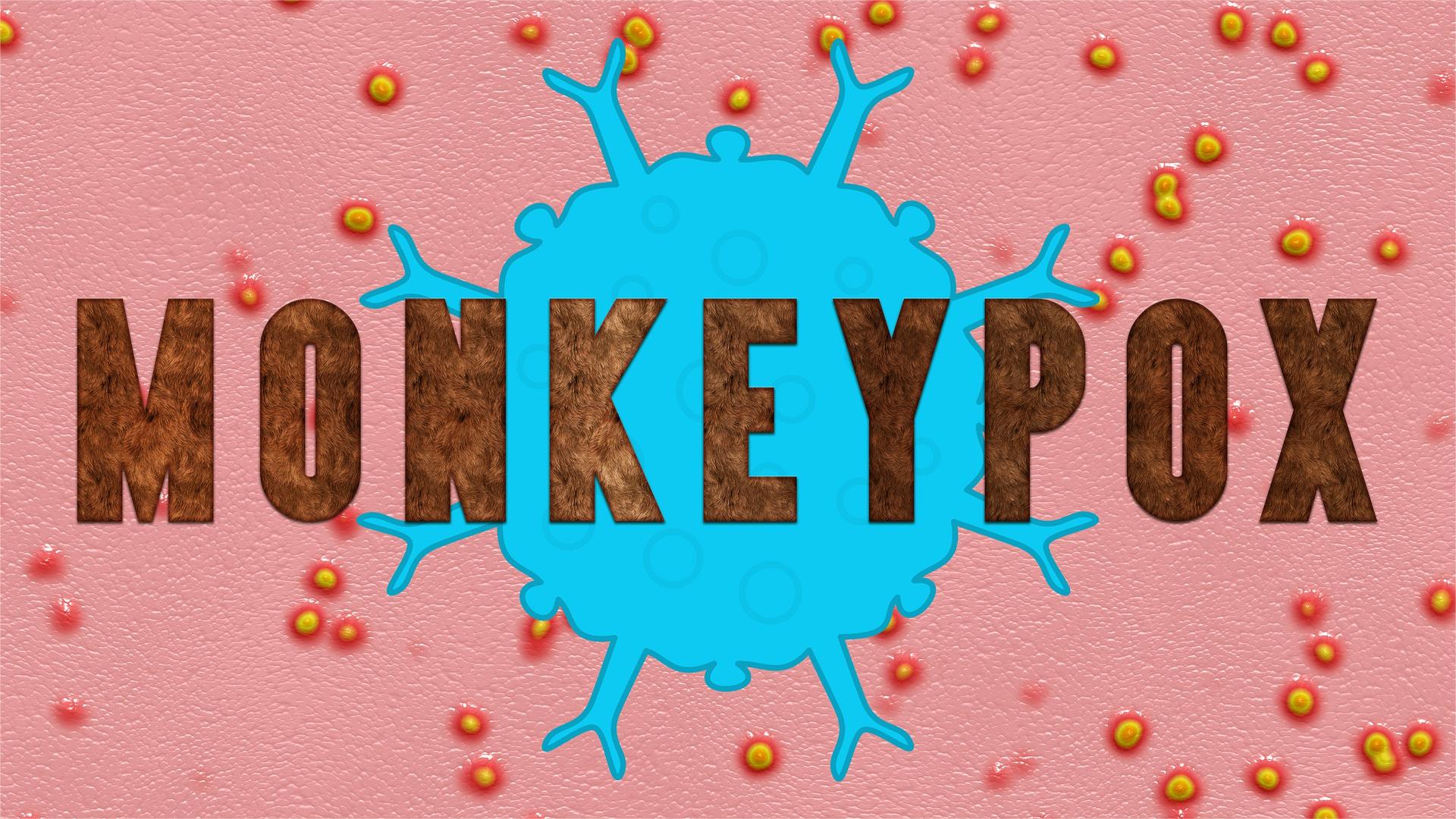
Image by Pete Linforth from Pixabay
In a world where global travel, urbanization, and climate change are rapidly transforming our environment, the threat of new pandemics looms large. The World Health Organization (WHO) has recently updated its list of priority pathogens, identifying over 30 viruses and bacteria that have the potential to cause the next global health crisis. This comprehensive list aims to guide research and development efforts towards creating effective treatments, vaccines, and diagnostics. Let's delve into the details of these pathogens and understand why they pose such a significant threat.
Understanding Priority Pathogens
The WHO's list of priority pathogens is not just a random collection of viruses and bacteria. It is the result of meticulous research and evaluation by over 200 scientists who spent two years analyzing 1,652 pathogen species. These pathogens were selected based on their potential to cause a global public health emergency. Factors such as high transmissibility, virulence, and limited access to vaccines and treatments were considered.
Among the newly identified priority pathogens are various subgenuses of coronaviruses, including Sarbecovirus (which includes SARS-CoV-2, the virus responsible for COVID-19) and Merbecovirus (which includes the virus causing Middle East respiratory syndrome, or MERS). The list also includes the monkeypox virus, which caused a global outbreak in 2022, and the variola virus, responsible for smallpox. Despite smallpox being eradicated in 1980, the lack of routine vaccination means an unplanned release could still cause a pandemic.
The Role of Climate Change and Urbanization
Climate change and urbanization are significant factors contributing to the emergence and spread of these pathogens. As temperatures rise and natural habitats are destroyed, animals and insects that carry viruses are forced into closer contact with humans. This increases the likelihood of zoonotic diseases—those that jump from animals to humans.
For instance, two rodent viruses have been added to the priority list because they have already shown the ability to jump to humans, with sporadic human-to-human transmission. Similarly, the bat-borne Nipah virus remains a concern due to its high transmissibility in animals and the lack of available therapies.
Urbanization also plays a crucial role. As cities expand, the dense population makes it easier for diseases to spread rapidly. The influenza A virus subtype H5, which has caused outbreaks in cattle in the United States, is a prime example of how urbanization can facilitate the spread of pathogens.
The Importance of Vaccines and Treatments
One of the critical aspects of managing these priority pathogens is the development of vaccines and treatments. Before the COVID-19 pandemic, there were no available human vaccines for any of the coronaviruses. However, the rapid development of COVID-19 vaccines has shown that it is possible to create effective vaccines quickly when there is a concerted global effort.
Developing vaccines for one member of a virus family can boost confidence in addressing other viruses within the same family. This is because many antivirals work across a whole group of viruses. For example, the success in developing COVID-19 vaccines has paved the way for potential vaccines against other coronaviruses.
However, it's important to note that not all pathogens on the list may cause an epidemic. Some may never pose a significant threat, while others that we haven't yet identified could become important in the future. This unpredictability underscores the need for continuous research and preparedness.
Prototype Pathogens: A Model for Research
In addition to the list of priority pathogens, researchers have also created a separate list of 'prototype pathogens.' These are model species that can be used for basic-science studies and the development of therapies and vaccines. The idea is to encourage more research into less-studied viruses and bacteria, ensuring that we are better prepared for any future public health emergencies.
For example, the Togaviridae family, which includes the virus that causes Chikungunya, is being studied to develop broader antiviral treatments. By focusing on prototype pathogens, scientists can gain a deeper understanding of how these viruses operate and how best to combat them.
Global Preparedness and Future Challenges
The updated list of priority pathogens is a crucial tool for global health organizations. It helps identify critical knowledge gaps that need to be addressed urgently and ensures the efficient use of resources. By focusing on these high-risk pathogens, researchers can develop targeted strategies to prevent and control potential outbreaks.
However, the challenge remains in predicting which pathogen will emerge next. History has shown that we have almost never accurately predicted the next major outbreak. This unpredictability makes it essential to maintain a flexible and adaptive approach to global health preparedness.
In conclusion, the WHO's updated list of priority pathogens serves as a stark reminder of the ever-present threat of pandemics. By understanding the factors that contribute to the emergence and spread of these pathogens, and by investing in research and development, we can better prepare for and mitigate the impact of future public health emergencies. The key lies in continuous vigilance, global cooperation, and a commitment to scientific innovation.
Read Paper |Nature Neuroscience







Post comments